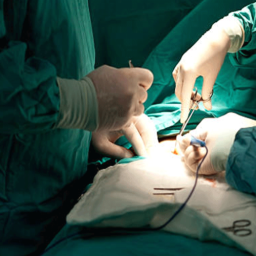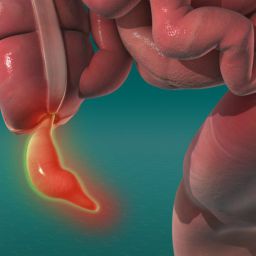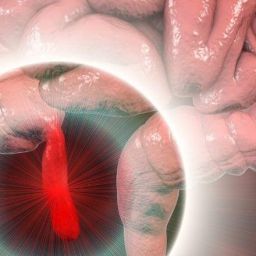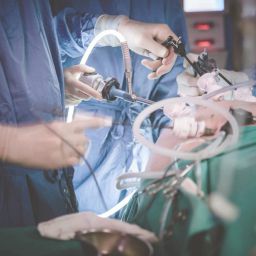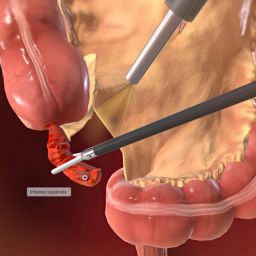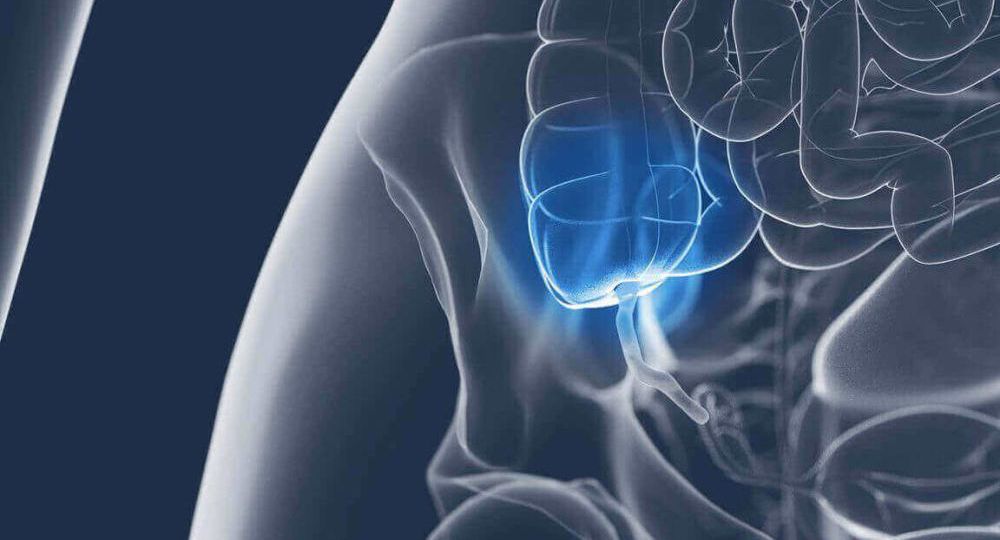
1. Immediate Post-Operative Phase: The First Few Days
Immediately after the appendectomy, patients will spend some time in the hospital for observation and initial recovery. The length of the hospital stay typically varies depending on whether the procedure was performed laparoscopically (minimally invasive surgery) or through an open incision. For laparoscopic appendectomies, the stay is usually shorter, around 1-2 days, while patients who undergo open surgery may remain in the hospital for 2-3 days.
What to Expect:
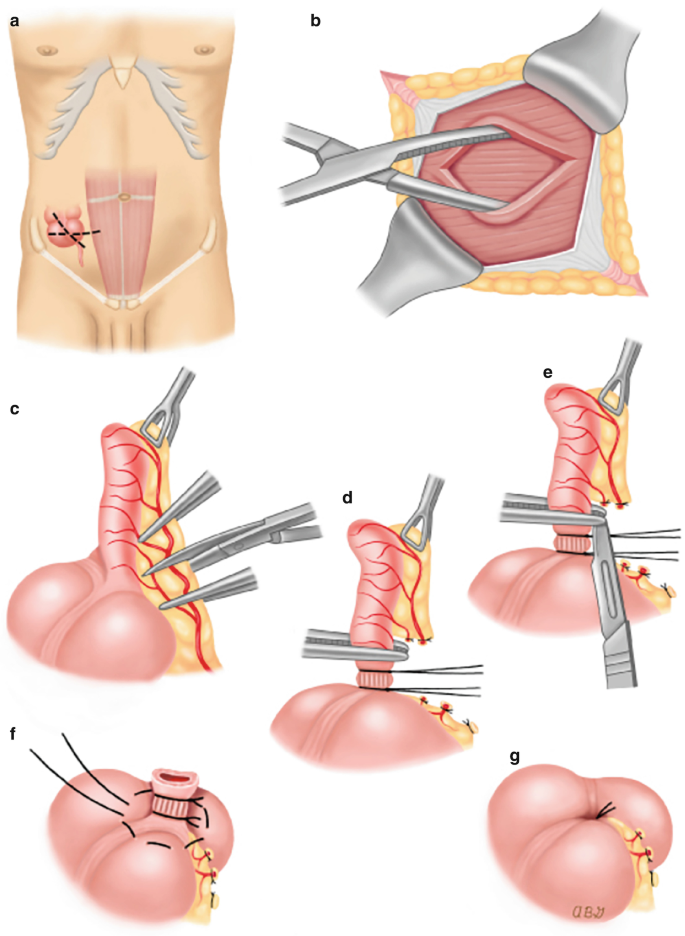
- Pain Management: The primary concern in the initial recovery phase is pain control. Most patients will experience discomfort at the surgical site, particularly when moving, coughing, or taking deep breaths. Pain is typically managed through prescribed painkillers, and doctors may recommend over-the-counter medications once the pain starts to subside.
- Fluid and Nutrition Intake: After surgery, patients will start with clear liquids and gradually move on to solid foods as the digestive system begins to return to normal function. It is important to follow the doctor’s advice regarding food intake to avoid gastrointestinal upset.
- Wound Care: The surgical site will be covered with a sterile dressing, and the incision will be monitored for signs of infection. Patients should follow instructions regarding when and how to change dressings and keep the wound clean.
Special Considerations:
- Infection Risk: In the early stages of recovery, there is a risk of infection at the surgical site. Redness, swelling, increased pain, or discharge from the incision may indicate an infection. In such cases, patients should contact their healthcare provider immediately.
- Breathing Exercises: To prevent lung complications such as pneumonia, patients should be encouraged to take deep breaths and cough gently to clear their lungs. This helps in preventing fluid buildup in the lungs, which can occur after surgery.
2. The First Week: Gradual Improvement
After the initial few days of recovery, most patients will experience a gradual reduction in pain and discomfort. This is a crucial period where patients need to take things slow to avoid setbacks in the healing process.
What to Expect:
- Pain Reduction: Pain typically peaks in the first 2-3 days after surgery and begins to decrease thereafter. It is important to follow the pain management plan provided by the healthcare team, including the use of prescribed medications and any suggested home remedies (such as applying ice or using a heating pad).
- Increased Mobility: Although it’s essential to rest, patients should begin moving around as soon as they feel comfortable to avoid complications like blood clots. Short walks around the home or hospital room can help improve circulation and promote healing.
- Dietary Adjustments: Solid foods can be gradually reintroduced, with emphasis on easy-to-digest foods like crackers, rice, and bananas. The patient should avoid heavy, greasy, or spicy foods that could irritate the digestive system during this stage.
- Fatigue: Many patients report feeling more tired than usual during the first week of recovery. This is a normal response to surgery and the body’s healing process.
Special Considerations:
- Monitor for Complications: During this period, it’s crucial to watch for any signs of complications, such as fever, worsening pain, or difficulty breathing. These could signal infections or issues that need immediate medical attention.
- Avoid Strenuous Activity: Even though you may feel better during the first week, it’s essential to avoid heavy lifting, exercising, or other physically demanding activities, as these can put undue stress on the abdominal area and slow the healing process.
3. The Second Week: Building Strength
By the second week after appendectomy, many patients start to feel much better. Pain continues to diminish, and the ability to perform daily activities becomes easier. However, the body is still healing, and overexertion can lead to setbacks.
What to Expect:
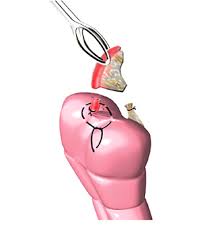
- Increased Energy Levels: While fatigue may still be present, it is generally less intense, and patients can start to resume some normal activities, like light cleaning or cooking. This can be an exciting time as patients begin to feel more like themselves.
- Residual Discomfort: While the sharp pain should have subsided, mild discomfort may still be present around the incision site. This is normal, but patients should avoid pushing or stretching the area.
- Scar Healing: The surgical scar will begin to heal, and it may become red, itchy, or slightly swollen as the body works to close the incision. Over time, the scar will fade, but patients should avoid excessive exposure to the sun to prevent discoloration.
Special Considerations:
- Avoiding Complications: Even in the second week, patients must remain vigilant about signs of infection or internal bleeding. If there is increasing redness or swelling around the incision or if the pain intensifies, medical attention should be sought immediately.
- Gentle Movement: As mobility improves, patients should begin incorporating more activity, but only at a pace that is comfortable. Walking short distances or gentle stretching exercises can help prevent stiffness and promote healing.
4. The Third to Fourth Week: Full Mobility and Resuming Light Activities
By the third or fourth week after appendectomy, most patients experience a marked improvement in their physical condition. The risk of serious complications decreases, and normal activities can gradually be resumed.
What to Expect:
- Significant Pain Relief: Most patients experience little to no pain by the third week, although some mild discomfort may linger. At this point, over-the-counter pain relievers are typically sufficient to manage any residual pain.
- Resuming Work and Social Life: Depending on the nature of the job or lifestyle, many patients are able to return to work or social activities by the fourth week. However, patients with physically demanding jobs should wait until later to resume those activities to prevent reinjury.
- Continued Healing of the Incision: The scar continues to heal and will start to fade over the next few months. Patients should follow care instructions for the incision to ensure optimal cosmetic results.
Special Considerations:
- Resuming Exercise: Low-impact exercises, such as walking or swimming, may be safely resumed around the third to fourth week. However, high-intensity activities, like running or weight lifting, should be avoided until 6 to 8 weeks post-surgery.
- Dietary Adjustments: By this time, patients can return to their regular diet, but they should continue to focus on consuming a balanced diet rich in fiber, vitamins, and minerals to support healing.
5. The Sixth Week and Beyond: Returning to Normal Life
By six weeks post-surgery, most patients are back to their usual activities, with minimal restrictions. However, the body is still in the final stages of healing, and it’s essential to follow certain precautions to ensure complete recovery.
What to Expect:
- Full Mobility Restored: Most patients can resume all normal activities by six weeks, including more strenuous exercises and physical activities. However, any discomfort should be monitored, and adjustments should be made as needed.
- Continued Scar Healing: The incision site continues to heal, and the scar will gradually fade over time. Scar massage may be recommended by healthcare providers to help reduce any raised tissue and improve the appearance of the scar.
Special Considerations:
- Long-Term Lifestyle Adjustments: Even after full recovery, maintaining a healthy lifestyle, including regular exercise, a balanced diet, and regular follow-up checkups, can help prevent complications and ensure long-term well-being.
- Monitoring for Complications: Though the risk of complications is lower, patients should continue to monitor for any signs of issues such as abdominal pain, fever, or changes in bowel habits. If any concerns arise, they should consult their doctor promptly.
The recovery process after an appendectomy is a gradual one that involves careful attention to pain management, mobility, and wound care. While most patients experience a full recovery within 6-8 weeks, it is essential to take the necessary precautions at each phase to avoid complications and ensure optimal healing. By adhering to post-operative instructions, seeking medical advice when needed, and allowing the body the time it needs to heal, patients can return to their normal lives with minimal setbacks.
Each patient’s recovery is unique, so it’s important to follow the guidance of healthcare providers and listen to the body’s signals throughout the healing process.

